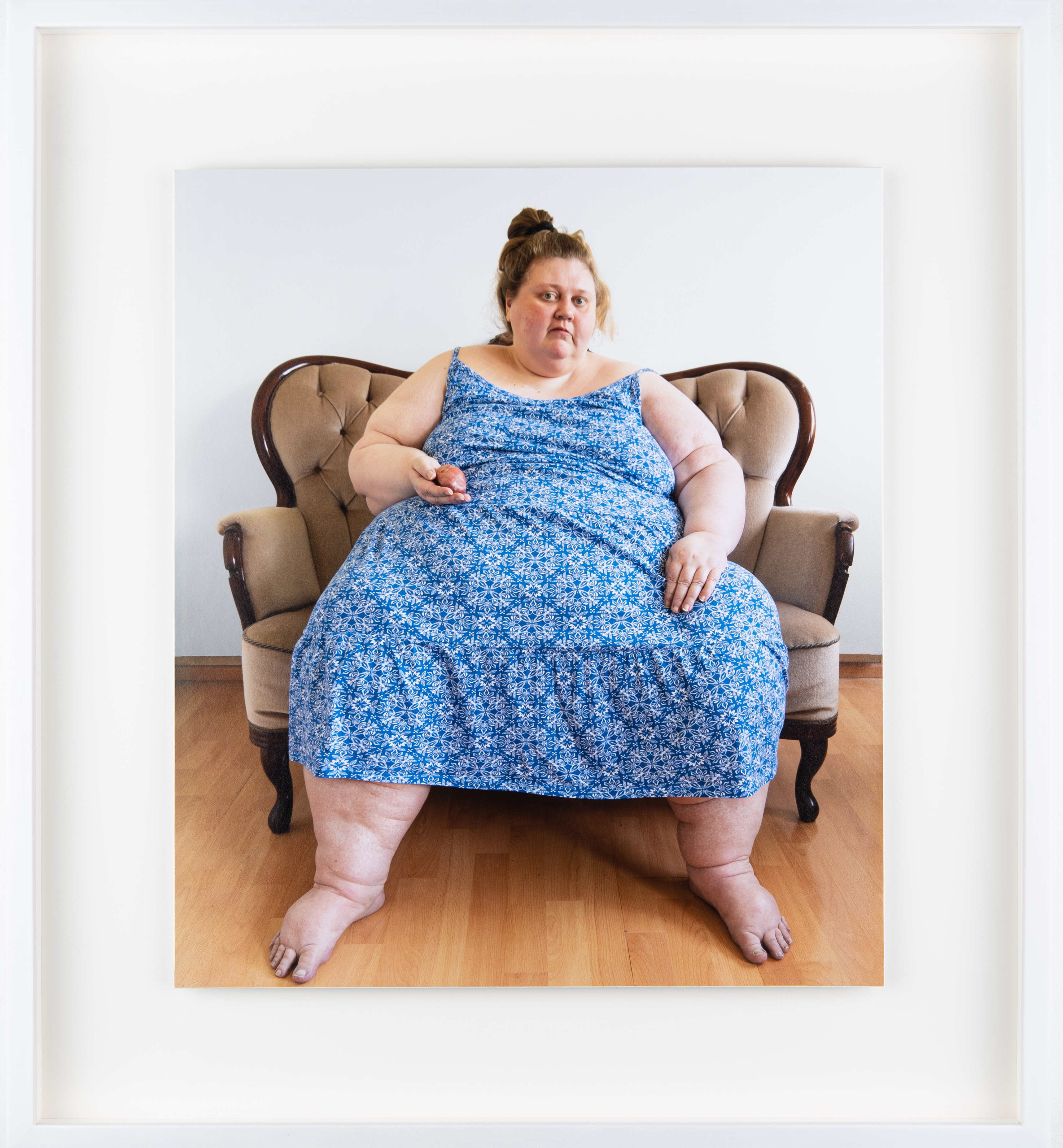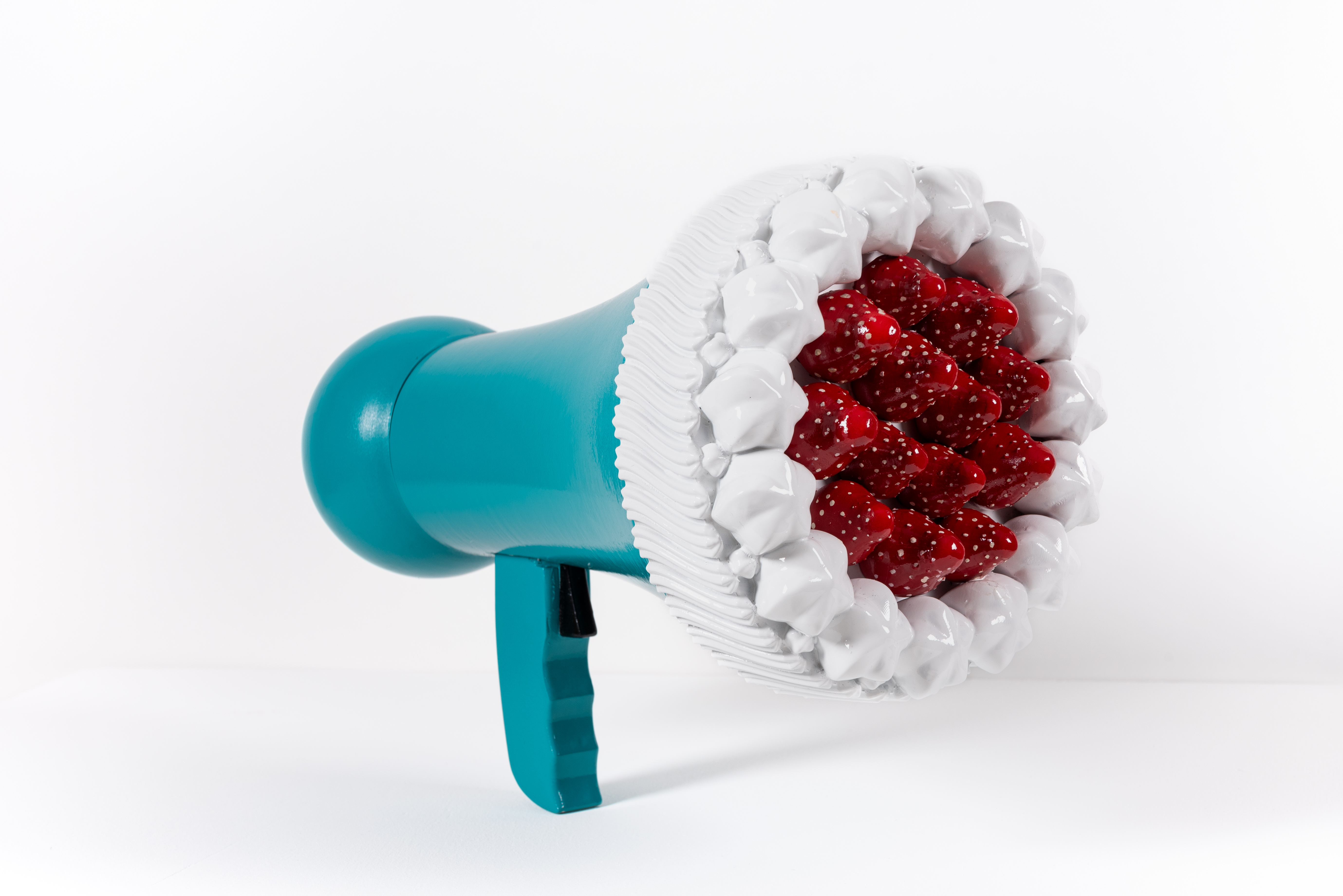oohart艺术
Almost Fish and Chips,2022
30.0 × 26.0 cm
价格待询
说明
媒介:
摄影
In the photographs in The laconic product demonstrator series Susiraja appears in her characteristic deadpan style demonstrating various objects, shot full on and without glamour. As such, the pictures do not necessarily open up to us immediately, but do so, at the latest, when the works’ titles reveal their dry, black-humour-tinged nature. At the same time, the goods take on new and even surprising aspects in Susiraja’s treatment – a plastic bucket is in fact a hard-core handbag and a white dish rack proves to be the doom of a wet plate.
Susiraja’s works are frequently interpreted, for example, as social commentary that addresses beauty ideals or gender roles, but she herself says this is not always what they are about. Despite the intentions underlying these works, it is their ability to prompt new and unexpected trains of thought, and to arouse feelings ranging from being moved to hilarity, and everything in between, that makes looking at her art such a captivating and rewarding experience.
She enjoys a lot of international attention and has appeared in solo and group exhibitions around the world. Her works are in several prominent collections, such as those of Stavanger Museum, the Rubell Family, Adam Lindemann, Helsinki Art Museum, HAM, and the University of Chicago. This year, The New Yorker wrote a piece on Susiraja and the February issue of Artforum carried a multi-page cover story about her.
相关作品
查看全部
特色艺术作品
加载更多
加载中...















